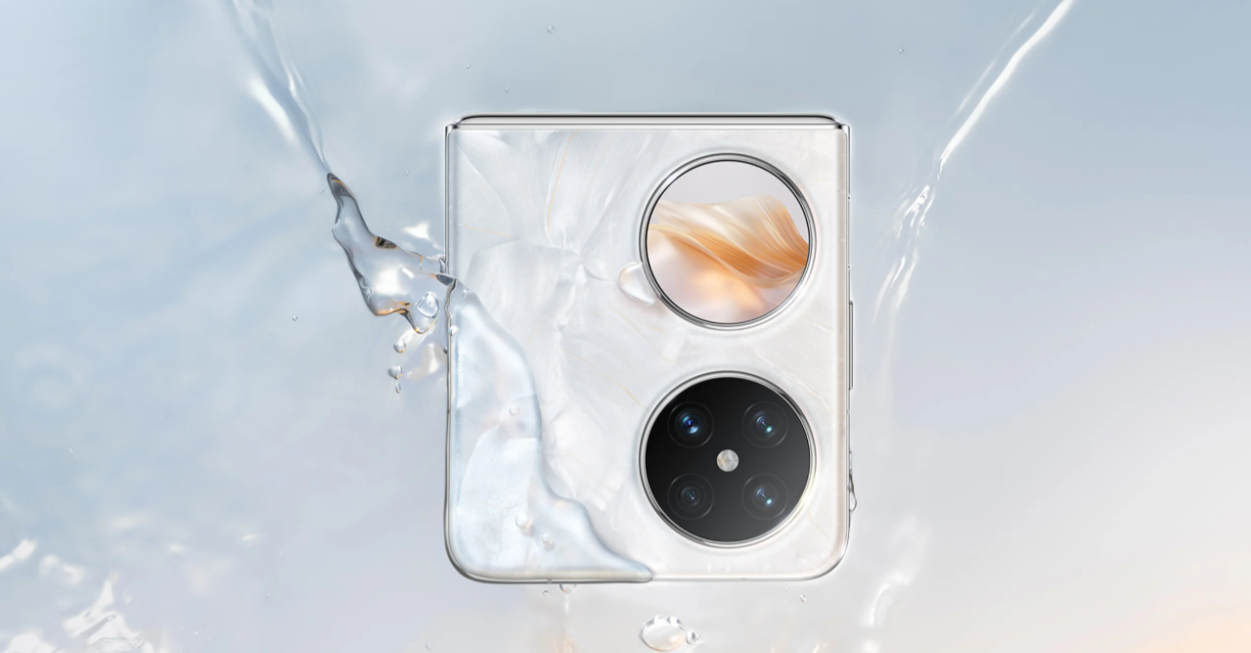Huawei on Tuesday released the latest version of its advanced driver assistance system (ADAS), saying it would enable vehicles to carry out most driving functions automatically from garage to garage while delivering a better safety performance than Tesla’s most advanced Full Self-Driving (FSD) system.
The Chinese technology giant also launched the Stelato S9, the first model under its new luxury brand with manufacturing partner BAIC, at a lower-than-expected price range of RMB 399,800 to RMB 449,800 ($55,664-$62,625). The five-meter-long full-size luxury sedan is targeted at consumers of premium offerings such as the Mercedes-Benz S-Class and BMW’s 7 Series.
Huawei’s self-driving approach: Huawei’s latest Advanced Driving System (ADS) now allows cars to navigate complex urban environments nationwide automatically, with features such as lane switching, said Richard Yu, chairman of the board of directors of Huawei’s Intelligent Automotive Solution business unit, at a press conference in Beijing. Yu added that the ADAS will enable drivers to pass toll gates on Chinese expressways and at public parking lots without manual engagement.
- In a demonstration video, Huawei boasts of a point-to-point autonomous experience with no human input at all, as the Stelato S9 navigates from one garage to another, autonomously piloting itself on Chinese city streets, and through a series of roundabouts and intersections. The female driver in the video is shown drinking a coffee and applying make-up behind the wheel as the car drives into and out of the garages.
- Huawei said it is transitioning to an “end-to-end” autonomous driving method, defined by Tesla’s Elon Musk as a state whereby each functionality of the ADAS is carried out by a single gigantic neural network rather than by predefined, explicitly coded rules. However, Huawei’s slides showed that the company uses separate neural networks for multiple tasks such as visual perception and path planning, in a move similar to that of rivals Li Auto and Xpeng.
- Yu said users would see an improvement in decision-making speed and more human-like behavior from the ADS 3.0 version, as well as a more agile automatic emergency braking feature in a joint effort with the company’s unnamed German supplier. Huawei claimed the system would even apply brakes automatically when a collision was imminent with a lead or rear vehicle, as well as if the system detects that drivers intend to jam the brakes but mistakenly slam on the accelerator.
- In addition, Yu spoke publicly about Tesla’s FSD after his employer tested the rival’s system in multiple cities in the US and Canada, saying the smartphone maker has a better strategy for dealing with rare or complex road scenarios, known as corner cases. “Tesla has made big progress with its FSD, but it has to raise the lower limit of the system’s performance as we encountered several incidents where a Tesla almost crashed into stationary objects such as trucks,” Yu added (our translation).

Stelato’s first model: Huawei on Tuesday stepped up its offensive against international luxury carmakers as the first Stelato model went on sale at a starting price of RMB 398,000, roughly RMB 50,000 lower than the pre-sale price and below market expectations. Yu said the S9 executive sedan was “fully ahead of” rivals’ offerings, such as the Mercedes-Benz S450L and Maybach S480, with a more efficient interior space, improved aerodynamic properties, a longer driving range, and faster acceleration.
- The first full-size luxury sedan under Huawei’s Harmony Intelligent Mobility Alliance (HIMA), a joint EV effort between Huawei and its multiple manufacturing partners, is powered by a 100 kilowatt-hour (kWh) battery pack for a driving range of up to 816 kilometers (507 miles). The battery, jointly made by CATL and Huawei, also adds 200 km on a five minute charge, when the car is used with an 800-volt capable fast charger.
- The Stelato S9 boasts a faster acceleration to 100km/h (62 mph) than existing offerings – in 3.9 seconds – as well as a drag coefficient (Cd) of 0.193, said to be the lowest among production sedans in its segment. It also integrates a lidar unit to measure and map the surrounding environment, in addition to cameras and radar, which the tech giant believes could provide extra input to its ADAS system, compared with Tesla’s pure-vision approach.
- Delivery is scheduled to begin immediately on Wednesday, demonstrating BAIC’s pledge to ”go all-in“ in its partnership with Huawei and treat the new model as its “top priority,” as chairman Zhang Jianyong told the conference. A major partner of Mercedes-Benz in China, BAIC recently established a new plant capable of making 120,000 EVs annually with Huawei and plans to expand that capacity to 300,000 EVs, Zhang confirmed on Tuesday.
READ MORE: Chinese companies take on Tesla’s Full Self-Driving with non-lidar approach, end-to-end AI












